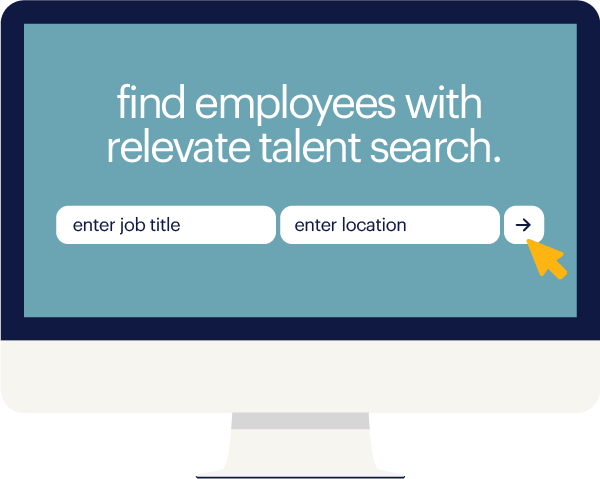Have you ever watched a scuba diver ascend after a deep dive? It's a slow, structured process, with the diver gradually rising at increments of about 30 feet per minute, getting reoriented and taking in the bigger picture. Any faster, of course, and there's risk of serious harm — joint pain, rashes, paralysis, even death — from decompression sickness, or "the bends."
It's a concept that has implications for organizational leaders today, too. After all, in our always-on, always-connected world, you've probably seen digital natives at work behaving a lot like those scuba divers. They're programmed toward action and immediacy; their field of vision is narrow, and all they see is what's directly in front of them. Your organization's overarching strategic priorities, how individual actions fit into broader business goals, metrics that truly matter — all of these things fall by the wayside. And for organizations, that has a tremendous cost.
That's why leading toward decompression is so critical. But how? How can managers help team members see beyond immediate tasks to think holistically and act strategically — without suffering the workplace equivalent of the bends? Read on to learn how.
work-life balance: it's no longer either/or
"Work-life balance" has become a buzzword at the same time that the boundaries between "work" and "life" have become more fluid that ever before — it's no longer either/or. Together with the rise of remote work and 24/7 connectivity, that's creating seed conditions for higher levels of employee burnout than ever before.
How pressing of an issue is burnout? According to a recent Randstad survey, half of workers either currently feel burned out or have felt burnt out in the past, and another 30 percent are considering leaving their jobs as a consequence of burnout. It's not an exaggeration, then, to say that a significant chunk of the workforce today is teetering on the brink.
And even when burned out employees don't decide to quit, the most common remedy they seek nonetheless involves temporarily leaving their jobs: 52 percent of employees say that they take vacations to recharge when they feel burned out, according to Randstad's research. However salutary those vacations may be, they also represent what is, at best, a short-term solution. Plus, when out of office workers return, they'll likely discover a workload that's piled up in their absence.
But the burden of addressing burnout, which negatively impacts organizational productivity, shouldn't fall on the shoulders of employees alone. Forward-thinking leaders must be proactive in order to understand not only when employees are at risk of burning out, but also the opportunities to intervene strategically — and that’s the goal of leading toward decompression.
tactics: mitigating the risk of employee burnout
Mitigating burnout begins by understanding who's at risk of burnout, and who is not. And in the event that you aren't blessed with high EQ — or emotional intelligence — here are some tactical measures you can use to assess the threat of burnout.
- Practice mindful leadership: "Mindful leadership" refers to the quality of being — and seeming — present to other people. And since your goal is to support the focus, clarity, creativity and compassion of everyone on your team, you should be demonstrating this quality on the job every day.
- Be clear about deadlines: Setting and monitoring deadlines is essential. You also need to hold people accountable when it's time to deliver. At the same time, it's imperative to avoid micromanaging, which may be interpreted by employees as a signal of distrust.
- Ask for feedback: Effective leaders recognize that feedback is a two-way street, so they solicit input from employees every day across a host of different channels — everything from informal water cooler talk to more structured pulse surveys and one-on-one meetings. And while you can (and should) inquire about possible burnout during one-on-ones with team members, you should also be prepared to do something about it — whether that means adjusting the workflow, redistributing responsibilities among team members or changing priorities.
- Map out workloads: If you notice that certain team members are frequently getting bogged down in the weeds, set aside some time to help them map out their day-to-day workload. What are they spending the most hours on in a given week? The answer might surprise you. Better yet, gather these maps for each team member. From there, you can get a birds-eye-view of the overall workflow to make sure that workloads are appropriately balanced, and make adjustments as necessary.
- Leverage technology: Given the role that technology has played in contributing to employee burnout and the need to decompress, it might sound paradoxical to propose that technology also holds solutions — and yet, it does. For instance, many AI technologies today can help you eliminate some of the tedious or manual-intensive tasks that often contribute to burnout among your team.
Put these tactics into practice every day and you'll not only get a handle on burnout, but also become a far more effective leader.
looking ahead: 2019 and beyond
Done right, leading toward decompression is part and parcel of what should be a broader shift within your organization: that is, away from an activity-driven work environment and toward an outcome-driven one. Connecting tasks to specific outcomes — that's the recipe for success. To do so, you need to praise and reward the right behaviors, while keeping the focus on what employees produce, not just deadlines.
This is fast becoming an urgent priority for organizational leaders — and among other workplace predictions for 2019, we expect leading toward decompression to increasingly be a part of the conversation at forward-thinking companies in the year ahead.








